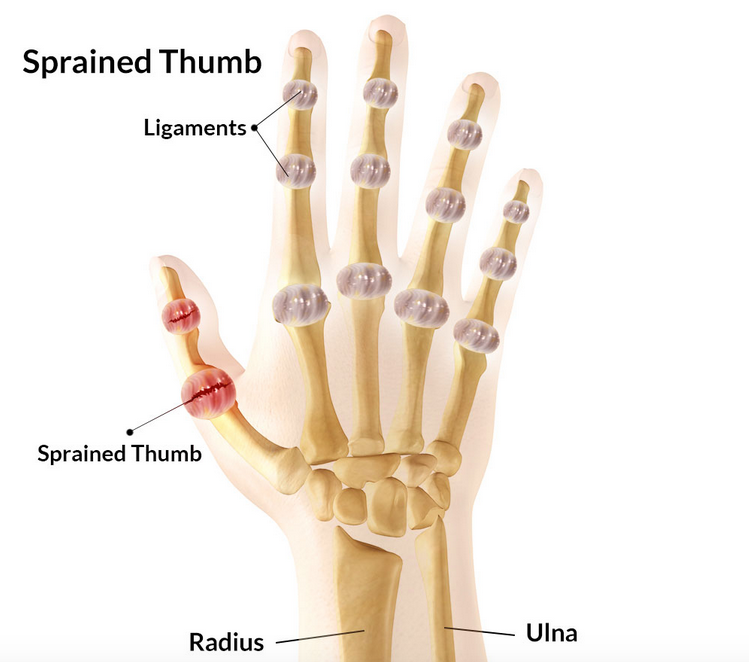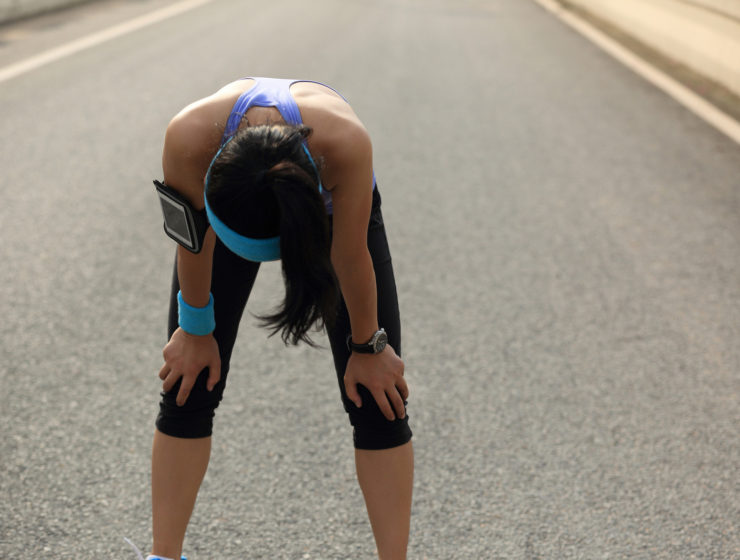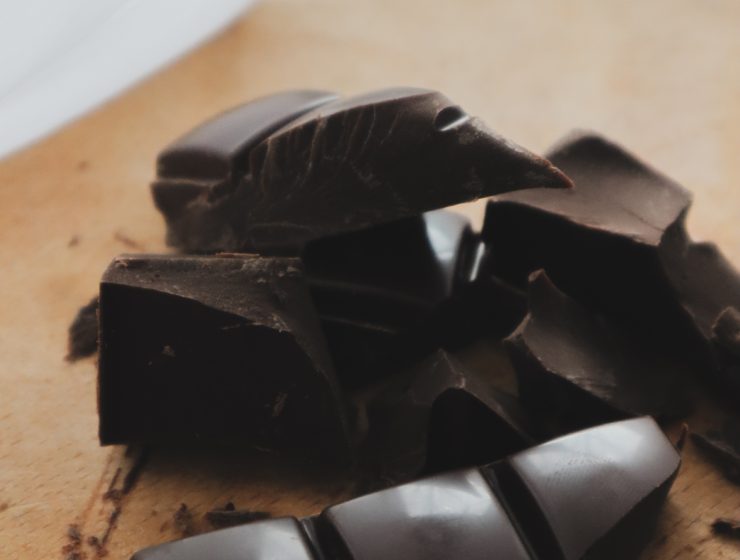Physical fitness strengthens your children’s bones, muscles, lungs, and heart. But did you know it can also improve their academic performance? Read on to find what the latest evidence says. Increasing your…

A sprained thumb involves damage of the connective tissues where ligament is stretched or torn. You’ll usually feel pain and stiffness at the base of your thumb and you may see swelling and bruising. One of the more common injuries to the thumb is an injury to the ulnar collateral ligament (ligament on the inside of the thumb at the proximal or first joint).
The thumb is unique from the fingers in its anatomical structure. While the fingers have three phalanges (small bones) and two joints (proximal and distal interphalangeal joints), the thumb only has two phalanges and one interphalangeal joint.
The proximal joint of the thumb is called the metacarpophalangeal joint because it is the articulation between the first metacarpal and the proximal phalange of the thumb. Any significant injury to this joint (i.e., fracture, dislocation, or severe sprain) can cause functional disability of the thumb and hand if not treated correctly.

A sprain is an injury to a ligament. In this case, it is an injury to the ulnar collateral ligament (UCL) of the metacarpophalangeal (MCP) joint of the thumb.
Because the purpose of ligaments is to stabilize the bones within a joint, significant injury to this ligament can cause instability of the thumb. This type of injury may affect the athlete’s ability to grip, throw, or catch an object. For an athlete, this type of injury can be devastating.
Sprains can be diagnosed as either mild (first degree), moderate (second degree) or severe (third degree). Each classification is based on the amount of damage to the ligament.
A first-degree sprain: Is a mild injury in which the ligament may be stretched some but is not torn. When a ligament stability test is applied to the injured joint, the joint remains stable and the ligament remains tight.
The stretching of the ligament may still cause pain, mild localized swelling, and point tenderness directly over the ligament. Movement of the joint may increase the athlete’s pain and discomfort.
A second degree sprain: Is a moderate injury because there is actual damage to the ligament. The ligament is partially torn resulting in a joint that is unstable. This means that the joint may have sideways movement when it should only be able to flex and extend. The joint may also hyperextend meaning that the torn ligament(s) may allow the joint to extend beyond its normal extended position.
This type of injury is considered a moderate injury and one that needs immediate attention and treatment. The athlete may experience immediate pain and disability of the thumb. The swelling may extend beyond the injured joint and move either down the thumb and/or up into the hand.
A partial ligament tear may result in significant pain anytime the athlete tries to move the joint. The challenge is that the thumb is used in most functional activities involving the hand so functional disability of the thumb may result in significant challenges for the athlete.
Third degree sprain: The most severe type of ligament injury is a complete rupture of the ligament. The ligament may be torn somewhere in the middle of the ligament or may be torn at either the proximal or distal insertion. In some cases, the ligament rupture may also tear off a piece of the bone (avulsion fracture).
This injury may result in deformity, discoloration, swelling, point tenderness, and pain upon movement. Because a fracture may be involved with a third degree ligament sprain, an athlete suspected of this type of injury should be immediately splinted and referred for medical attention.
A sprained thumb test can be used to diagnose the injury and your doctor can perform a ligament stress test and request any necessary imaging. Ligament stability tests can be applied by a sports medicine professional to determine if the ligament has been partially torn or completely ruptured. If a complete tear is suspected, the physician may order an x-ray to determine if there may be an associated fracture. As part of the test, they will do a thorough medical history and clinical evaluation.
This type of injury is common in skiers and football players. For skiers, this injury is caused when the skier falls and lands on his hand/pole tearing the UCL. The mass of the skier’s body combined with his/her velocity transmits a high force through the arm and into the hand during a fall. If the skier lands on his/her hand, specifically on the hand/pole, the force of the fall is enough to rupture the UCL.
Football players are also known to sustain this type of injury specifically while tackling an opponent. The UCL can be injured when the football player grabs an opponent during a tackle with the thumb getting caught in the jersey. If the force of the opposing player is stronger than the football player’s grasp, the opposing player can break free of the football player’s grasp possibly tearing the UCL in the process.
An ulnar collateral ligament tear of the MCP can also be seen in athletes in the sports of baseball, softball, and hockey (Anderson, M.K., Hall, S.J., & Martin, M., 2005). For baseball and softball athletes, this type of injury can occur during a head-first slide in which the thumb is caught on the front of the base while the body continues to slide.
Hockey players can be at risk for this type of injury in the same way that skiers are at risk. The hockey stick can become an instrument of injury if the thumb becomes caught behind the stick either during a fall or during a collision with another player.
The most common mechanism of injury for a UCL sprain is when the thumb is in a position of full extension and then is forcefully abducted (pulled away from the body) or hyperextended. If the force exceeds the tensile strength of the ligament, a tear will occur.
When a joint is hyperextended, the force that causes the hyperextension may be stronger than the ligament fibers can withstand. Although a ligament can withstand a small amount of stretching without tearing, once the force exceeds the tensile strength of the ligament fibers, the ligament will begin to tear and may completely rupture.
The treatment plan for a thumb sprain is specific to the degree of the injury. A first degree sprain should be treated immediately with the P.R.I.C.E. principle – Protection, Rest, Icing, Compression, Elevation – for treating acute injuries. If the athlete has only mild swelling and no instability, the athlete should apply an ice pack to the thumb for twenty minutes every two hours for the first two to three days.
If possible, the hand should be rested for the first couple of days post-injury to allow the healing process to take place. Taping the thumb can provide protection from further injury especially if the athlete wants to continue to participate in sports during the healing process.
Once the swelling begins to subside, the athlete can begin range of motion and strengthening exercises for the thumb and hand. One of the best exercises to increase both range of motion and strength of the thumb and hand are ball squeezes.
The athlete only needs a soft type of ball (i.e., racquetball or foam ball) to perform these exercises. The ball is placed in the palm of the hand and the athlete can perform multiple ball squeezes throughout the day. One recommendation is to have the athlete perform ball squeezes to pain tolerance throughout the day (i.e., 10 every hour). As the athlete’s range of motion and strength improves, the athlete can increase the intensity of the ball squeezes.
If a soft type of ball cannot be found, a good substitute is a rolled sock. The benefit of the sock is that the athlete can choose a sock that best fits the hand. As the range of motion improves and increases over time, the athlete can use a smaller sock.
If the athlete has instability of the ligament, the athlete needs to be referred to a physician for further evaluation. If the ligament laxity is less than 10 to 20 degrees, then a partial tear should be suspected. In this case, the thumb should be immobilized in a splint or thumb spica cast for up to six weeks to allow the ligament to heal properly (Brukner, P. & Khan, K., 2002).
• Avulsion fracture with displacement of the ligament insertion
• Complete rupture of the UCL
• Subluxation of the proximal phalange
• Chronic UCL injury with functional instability, pain and weakness
Athletes should have pain-free range of motion of the thumb and full strength equal to the uninjured thumb before being released to return to sport. This can be achieved by performing the ball squeeze exercises suggested above.
Athletes returning from either a second or third degree UCL injury should also wear protective splinting or taping when they return to sport. Several athletic tape jobs can be applied to protect the thumb and prevent the thumb from being placed in a position of hyperextension.
One tape job is a check rein. This is a simple tape job that loops one end of a one inch piece of athletic tape around the proximal phalange of the thumb and the other end around the proximal phalange of the index finger. Care must be taken to first place the tape on the thumb and then move the thumb towards the index finger before securing the tape on the index finger. This will ensure proper positioning of the thumb to prevent injury.
The thumb should be moved into a position that restricts the thumb movement from full extension or abduction. When the thumb is fully abducted or extended, the thumb can form a 90 degree angle with the hand. To protect the thumb with this tape job, the thumb should be placed at about a 45 degree angle and then secured with the tape.
Care must also be taken to leave extra tape on each end after the piece is looped around the finger or thumb. The extra tape is then wrapped around the middle check rein to secure the tape.
Certified athletic trainers are experts at applying protective tape for a number of injuries. The thumb is one anatomical structure in which there are a number of different tape jobs for the same purpose. The certified athletic trainer may apply several different tape jobs before finding the one that the athlete prefers.
Sprained Thumb braces are a simple, cost-effective way to provide support and  protect the tomb from further injury. Wearing a brace can help reduce your thumb pain and help it heal quicker as you allow the ligaments to properly heal. You may also consider wearing your thumb brace at night to help you sleep and avoid pain from bumping your thumb at night. Here are thumb braces to to consider:
protect the tomb from further injury. Wearing a brace can help reduce your thumb pain and help it heal quicker as you allow the ligaments to properly heal. You may also consider wearing your thumb brace at night to help you sleep and avoid pain from bumping your thumb at night. Here are thumb braces to to consider:
The athlete can return to sport when he/she has been released by his/her physician and has pain-free full range of motion, strength, and functional ability of the thumb and hand.
 When you have questions like: I have an injury and how should I manage it? How severe is it and should I get medical care from an urgent care center or hospital? Who can I talk to right now? SportsMD Virtual Urgent Care is available by phone or video anytime, anywhere 24/7/365, and appointments are within 5 minutes. Learn more via SportsMD’s Virtual Urgent Care Service.
When you have questions like: I have an injury and how should I manage it? How severe is it and should I get medical care from an urgent care center or hospital? Who can I talk to right now? SportsMD Virtual Urgent Care is available by phone or video anytime, anywhere 24/7/365, and appointments are within 5 minutes. Learn more via SportsMD’s Virtual Urgent Care Service.
Question: What is the best way to treat a sprained thumb?
Answer: The principles of P.R.I.C.E. should be used for the first 48 – 72 hours immediately after the injury. The goal during this time frame is to control the amount of swelling to the injured area, prevent further injury, and reduce pain:
Question: What does a sprained thumb feel like?
Answer: With a sprained thumb you may have pain, mild localized swelling, and point tenderness directly over the ligament. Movement of the thumb joint may increase the athlete’s pain and discomfort.
Question: How long does a sprained thumb take to heal?
Answer: A mild sprained thumb can take 4-5 weeks to heal. A more significant injury such as a Grade 3 sprain can take several months. Recovery time is dependent on the severity of the injury and how well you follow treatment protocols.
Question: Will a sprained thumb heal on its own?
Answer: A mild sprain will heal on its own but you should seek medical attention for Grade 2 or 3 sprains.
Update: the MRI on Davis’ sprained thumb will come on Monday. Instead of morning shootaround, the team will have a walk through at the arena prior to the home game against GSW, and we’ll get an update when the exam’s results come back. https://t.co/O4BYnV8Cwx
— Mike Trudell (@LakersReporter) October 13, 2019

Physical fitness strengthens your children’s bones, muscles, lungs, and heart. But did you know it can also improve their academic performance? Read on to find what the latest evidence says. Increasing your…

Nutrition for injury recovery is often overlooked but a key element to faster recovery. Lets face it, athletes get injured and it’s part of the deal. Be it a torn ACL, Achilles…

Athletes tend to do a good job of training their muscles, heart and lungs. But some of them (particularly endurance athletes and those in running sports) commonly fail to train their gut.…

“I feel tired a lot. What vitamins will give me more energy?” “When I get home from work, I’m just too tired to cook dinner…” “I feel like taking a nap most…

Some people try so hard to not eat it, but they inevitably succumb, and inevitably feel guilty. If you share the same love-hate relationship with chocolate, keep reading. And be thankful this so-called…